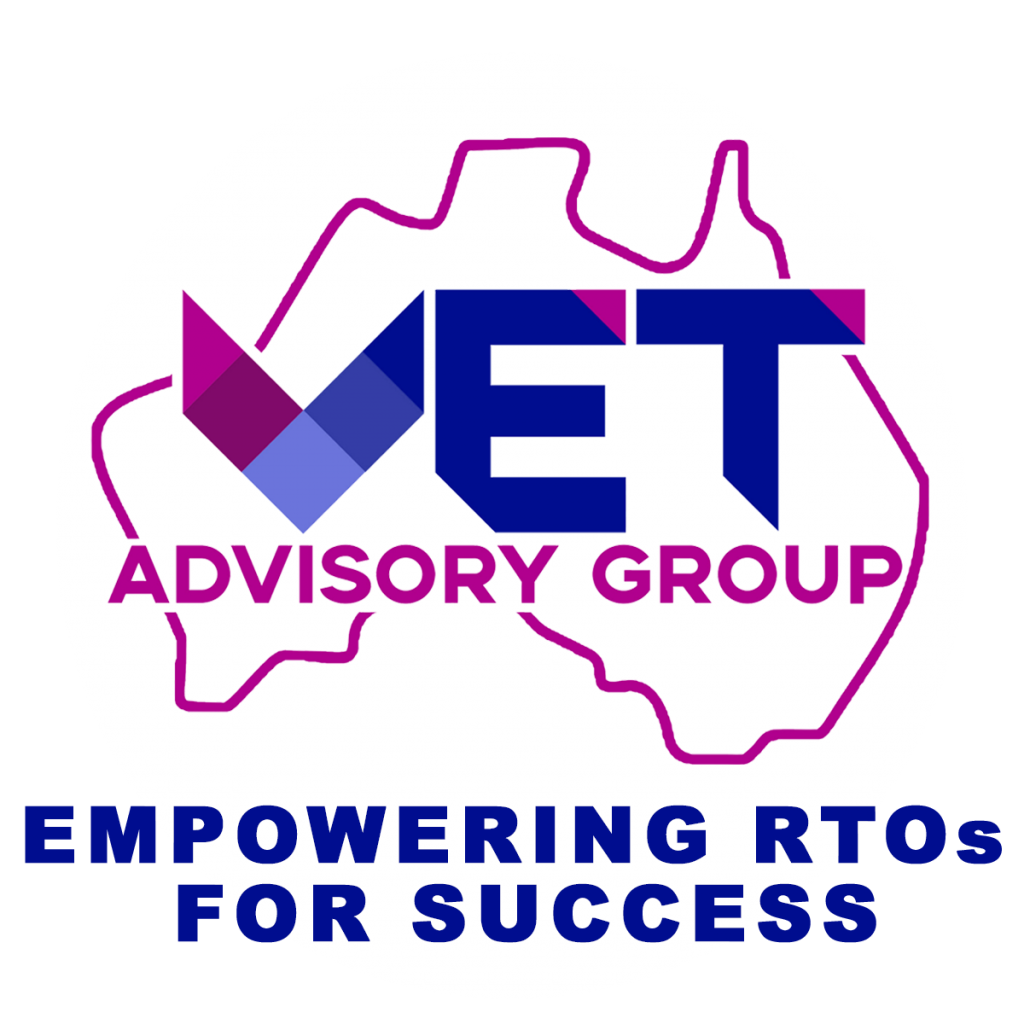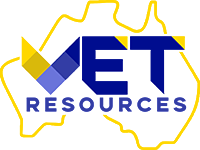
Introduction
Assessments are important for the quality delivery of training. The Australian Skills Quality Authority (ASQA) regulates them and uses a risk-based approach to govern RTOs for their quality training and assessments. Assessments are validated periodically by RTOs. Valid assessments are evidence that a learner is equipped with the necessary knowledge, and skills listed in the Training Package which the learner can demonstrate at an actual workplace.
assessments and improve them. But are you wondering if your validation process complies with ASQA Standards? Are you confident about assessment practice is a fair and valid evaluation? In this blog, we will go into detail about best assessment practices that follow ASQA Standards and are fair and valid.
Before we begin with the detail about best assessment practices it is best to know the definition and purpose of a validation that will help RTOs to adopt a better validation process that will raise the credibility of RTOs.
Definition of Validation
Standards for RTO 2015 define Validation as “the quality review of the assessment process.”
That means analysis of the assessment strategies, tools, and the process as a whole for better quality.

Purpose Of Validation
The purpose of validation is to analyse an existing assessment strategy outcome and to suggest improvement options to explore. The purpose also aims to confirm the quality of the assessment strategy of the RTOs as providers. Validation of assessments is a critical tool for RTOs who aim to achieve the best outcomes from their training and assessment systems.
With such an important purpose a validation must cover critical checkpoints that will guide the validation to the highest outcome. Let us see what all validation encompasses and are best practices for a valid assessment are.
What does a validation encompass?
Validation is an assurance given by the RTO that it is continuously undergoing improvement to provide the best training and assessment to its learners.
- A valid assessment sample is analysed.
- Recommendations for improvements in the assessment tool.
- Specific actions are taken on the recommendations.
- Improvement in the process and results of the assessment tool.
A valid assessment sample is taken randomly from the existing assessment judgements of an RTO. The sample size should be sufficient enough to execute the outcomes across the entire assessment judgements. Standards for RTOs 2015 mentions the compliance terms in their clauses 1.9, 1.10 and 1.11 but ASQA states that compliance can be assured through Effective Validation.
What is Effective Validation
A validation that informs RTOs about the effectiveness of the assessments while informing them about the improvement opportunity is Effective Validation.
How to Conduct an Effective Validation
It is necessary for the RTO to have the following approach to conduct an Effective Validation:
- RTOs should affirm their assessment tools; assessment processes and assessment judgements comply with the Training Package requirements.
- RTOs should affirm their assessment tools; assessment processes and assessment judgements are right and meet actual work contexts and industry needs.
- RTOs should affirm their assessment tools, assessment processes and assessment judgements using assignments that reflect difficulty levels required by a unit of competency.
- RTOs should affirm their assessment tools; assessment processes and assessment judgements have instructions about the tasks. These tasks should also be used as a learner’s assessment evidence by the RTOs.
- RTOs should provide adequate instructions for assessors about evidence collection, how to give a judgement and how to make a record of the results.
- RTOs should give a roadmap to assessors for reasonable adjustments so that they could gather assessment samples and evidence as well as validate evidence recording and report processes.
- RTOs should affirm their evidence criteria and quality of performance are in alignment.
Assessment validation by RTOs should comply with the above requirements. They also should know how and when to carry the validation process, which is again a good practice and yield good outcomes for RTOs.
 Timing and Process of Validation
Timing and Process of Validation
Validation timing is crucial for RTOs, and it happens after the assessments are over. This helps to validate the assessment practice, tool, and judgement. It is also important to know how to choose a sample to validate and which training product to validate. We will now discuss all these points and help you practice best assessment practices.
Before RTOs commence validation, a plan must be put in place. The plan will include every little detail that validation process would require. Let us look at the list.
Validation Planning
RTOs need to plan a validation. It is mandatory and is mentioned as such in Clause 1.9 of Standards for Registered Training Organisations (RTOs) 2015. The plan should talk about:

- The timing of the assessment validation.
- The training products that assessment validation will validate.
- The participants of the assessment validation
- How assessment validation will be documented and followed by the participants.
- A record management process that will store the evidence of validation
- The evidence of validation will include:
(a) Validation of participant details and who will be leading it (mention skills, qualifications, experience)
(b) The Sample Pool
(c) Tools used for Validation
(d) All the sample of assessment considered
(e) Outcomes of Validation
(f) Improvement Strategies
Timing For the Validation
It is crucial to choose the right time for validation, Clause 1.10 from Standards for RTOs, 2015 states that every training product, course, unit of competency or qualification must be validated at least once in 5 years’ time. If RTOs decide to use new assessment tools, or training products where safety is concerned, there is a change in the technology, legislation, or licensing then validation will have to be conducted again.
How To Pick Training Products for Assessment Validation
RTOs need to pay special attention to what they are including as a sample for assessment validation. They must determine training package requirements, Improving the validation process with broader samples and how to pick a random sample for assessment validation.
The sample chosen should be in line with requirements of the training package, Principles of Assessments (Fairness, Flexibility, Validity, Reliability) and Rules of Evidence (Validity, Sufficiency, Authenticity, Currency). The sample should be big enough so that the outcomes of validation can be taken as relevant for the rest of the judgements. So, to get better outcomes include 2 units of competency of a qualification, course, or skill. The sample also needs to be random; RTOs can use a name list of students made in alphabetical order whose work is in that training product sample. Pick the 5th surname and the 3rd from the 5th one. If more names are needed pick a new number and start again.
After deciding on the time and sample of the validation the participants must be chosen. It is crucial to find the right participants. Let us learn how to choose the validation team.
The participants of the assessment validation

RTOs need to assemble a validation team. This team will give a fair and impartial validation. The RTOs need to meet the requirements of the Clause 1.11 from Standards for RTOs 2015 with its validation team and also check for risks of bias. According to the clause, the team must include a member outside the training. The team can be made of one or more participants. RTO have to make sure:
- The participants are not directly related to the training and assessment of the training product sample.
- The participants have skills, expertise and latest knowledge of vocational training and learning.
- The participants have knowledge and skills relevant to the industry for which the training sample is being validated.
- The participants have credentials for training and assessments for the training product sample.
RTOs can choose internal or external members for the team. They can also choose industry experts to have a better validation outcome. For internal team members RTOs can select either trainers, assessors, staff, or consultants. For external team members RTOs can select employers, associates of employers, Industry panels, training providers from the same or different areas of industry or consultants.
ASQA tells that there are many benefits to including industry experts and representatives that also are involved in training assessments. They can offer relevant contexts and conditions for the industry. They can judge the resources used during the assessment. This leads to a strong bond between RTOs, industry, and employers.
Once the timing of validation is decided and the sample is chosen, and the team is ready. It is time to start the process of Validation. It is best to stick to the ASQA Standards to avoid non-compliance and avoid other risks. Let us look at the validation process now.
Process of Validation and Related Activities
The validation process is carried out by the validation team on the sample chosen. They check if the assessment system is in compliance with Clause 1.8 of Standards for RTOs 2015.
- A large enough sample is taken from completed tools of assessments
- The sample is tested to see if the tools and the processes are in place which includes instructions of assessments and resources as well as the impact of tools and systems on assessment outcomes.
- It is checked if the assessments are conducted as instructed.
- It is checked if the student’s competency reflects the assessment outcomes.
- It is checked if the assessment tool could be further improved for better outcomes.
- Checking the assessment and reviewing the assessment tool before using them again.
- The validation team has to verify the tools if they meet Training Package requirements, their design follows the Principles of Assessment and Rules of Evidence.
Once the Validation process is over, the team gives the validation outcomes. Let us see what the case could be when there are concerns for tools or judgements.
Validation Outcomes
Validation Outcome could have two possible outcomes. One is everything is in order and the tools and processes are functioning as expected. The other outcome could be when everything is not functioning as expected.
In case of tools and processes not functioning properly RTOs should do the following:
- RTOs should try increasing the sample size and look for error patterns.
- RTOs should complete assessments of other units of competency to check if the issue is in the entire qualification or just this sample.
- Keenly check for error patterns.
This will conclude a standards validation for RTOs. For RTOs these are best practices that they should follow to avoid risks and provide the best training and assessment outcome to their learners.
There are RTOs that provide TAE certificates to trainers and assessors. The TAE packages provided must be validated independently and RTOs would need extra requirements. Let us look at them now.
Validation of Training products from Teaching and Education Package
Individuals who want to get certified in new training and assessment skills or who want to get certified for a new profession as a trainer and assessor learn Teaching and Education Qualification. Australia’s newest trainer and assessor qualification is the TAE Certificate in Training and Assessment. Standards for RTO 2015 have separate guidelines for the validation process of the TAE package. Standards for RTOs 2015 mandate TAE assessment validation is done independently. Clause 1.25 and Schedule 2 of the Standards mention additional requirements for RTOs. This is how the validation is conducted to make it a fair and valid evaluation.

What is an Independent Validation? Who can conduct an independent validation?
The Standards require that all TAE assessment validations should be conducted independently.
Subject Expert Assessors for Successful Validation
A successful product validation process mandates individuals with expertise in training and assessment who possess the ability to develop and validate assessment tools and systems. Moreover, there are additional requirements for RTOs to deliver TAE training package qualification.
What are these additional requirements?
Clause 1.25 and Schedule 2 in the Standards for Registered Training Organisations have mentioned the following additional requirements:
Note- Clause 1.25 does not apply to units of competency or other skill sets in the Training and Education package.
Implementation of Clause 1.25
RTOs who are planning to add TAE products to their scope of registration and who already have TAE products on their scope of registration must follow the following requirements. It is important to note that these RTOs must also comply with Clauses 1.9, 1.10 and 1.11.
- RTOs Planning to Add TAE Products
If an RTO intends to add TAE products to its registration scope, it must successfully complete an independent validation for the current assessment processes on its scope of registration, as well as for the tools and systems intended to be used for the TAE qualifications or assessor skill set. - RTO Already Has TAE Products
If an RTO already has TAE products on its registration scope, the following requirements apply: - RTOs should use independent Validators for the specific assessment tools and process of the specific TAE Products.
- RTOs may employ a non-independent validator or a team for the rest of the products on their scope of registration
Who is an independent validator? what should be his skill set?
RTOs must employ independent validators who are not associated with RTOs in any manner. The independent validator cannot be an employee or under any legal contract with the RTO for which he will be conducting a validation.
The independent validator should also have skills and the latest knowledge of vocational teaching. He should have a TAE qualification level for which he is conducting the validation.
Record Keeping as evidence of Validator and Validation

Maintaining records of the selection process for independent validators, as well as evidence of their independence, is crucial for the RTOs. The RTOs should also retain records of the validation process, outcomes, and any subsequent actions taken based on those outcomes.
Understanding the TAE Product Validation Process
All assessment validation for training and education (TAE) products must be conducted independently by the RTOs.
The RTOs should retain evidence and complete records of the validation process, outcomes, and any actions taken regarding those outcomes.
All these practices are best practices for a fair and valid evaluation of assessments. There are more benefits to validation let us look at them.
Benefits of Assessment Validation
RTOs employ assessment validation to bring quality outcomes for learners and themselves. Validation also provides compliance with regulatory bodies. Apart from that it creates a cycle of improvement for learners and organisations.
- Validation is proof of the high-quality outcome of training and assessment.
Validation is proof to the learners, industry, and employers. For learners, it proves they have a higher chance of getting employment. For industry and employers, it means RTO is capable of providing quality learners who are skilled. Validation is a ticket to self-assurance and constant improvement for the future. RTOs get a chance to contemplate the outcomes which is a great opportunity to share plans and ideas for improvement in assessment evidence, students’ performance, or current competency and much more.
- A successful Validation means it is compliant with the vocational competency standards
A successful validation and records of the validation process as well as outcomes are proof that it is compliant with vocational competency standards. It is also proof that learners possess formal qualifications that align with Standards for Training Package Clauses 1.9, 1.10 and 1.11. - Validation Records help in future assessment planning
RTOs should positively maintain records from the validation sessions, including the details of participants who were involved in the validation (name, industry association, vocational skills, sample taken for validation process and the execution method). This would help RTOs to create future assessment practices of greater quality and compliance. - Early Validation assessment ensures early compliance
RTOs should validate their training packages in the early stages when they add it to their scope of registration or as soon as they are through with the first round of assessments. This way they get confirmation of their national vocational education and its quality. Early validation will also help registered training providers to judge their assessment tools and processes. When RTOs review their assessment tools before learners give their assessments it helps them understand the context relevancy and quality practices. RTOs should assure that their training package development and range of assessment methods align with required competencies.
Conclusion
Learners depend on registered organisations for relevant professional development and adult education qualification. Validation is proof for such learners that their specific qualifications are relevant to industry requirements and of high quality. For RTOs successful validation means they are following best practices of assessments and their assessments are fair and valid as per ASQA Standards. If you are an RTO follow the steps given in the blog and you can assure learners and employers of your credibility.
If you are looking for the best training and assessment resource materials contact VET Advisory Group. For further information contact us here.

